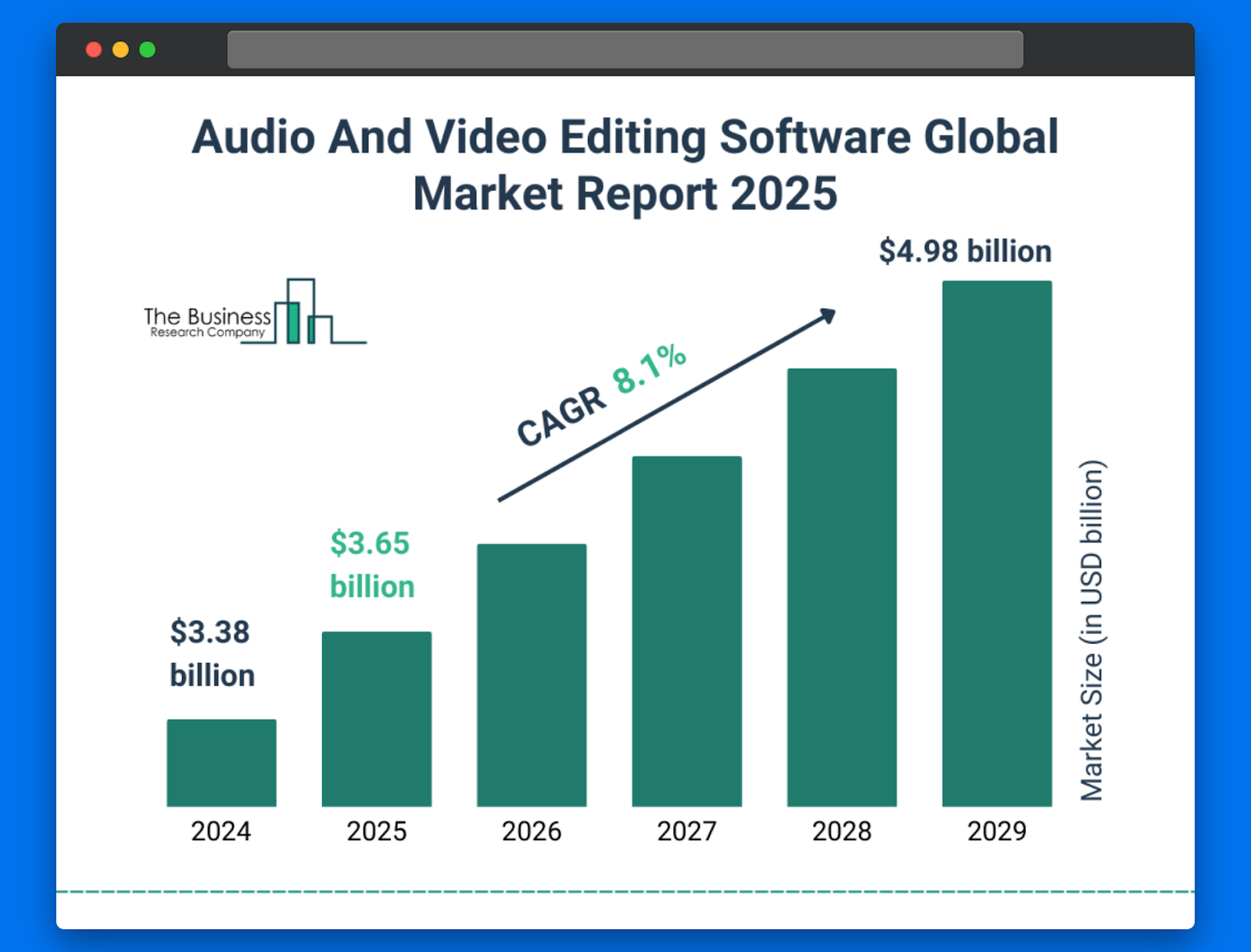Drop Servicing: What It Is, With Business Ideas and Examples
Ever dreamt of running a thriving service business…without actually doing the work yourself?
Sounds too good to be true?
It’s not.
Welcome to the world of drop servicing.
In simplest terms, drop servicing is like being the project manager for a service you never actually do. You find clients, you hand off the work to skilled pros, and you pocket the difference.
No inventory, no messy logistics—just pure profit potential.
Why is everyone buzzing about it?
Because you can launch a drop-servicing hustle with almost zero overhead, flex your schedule however you like, and scale faster than a traditional freelance gig.
By the end of this post, you’ll have seven real-world drop-servicing ideas to spark your next side hustle (or full-time gig).
What Is Drop Servicing and How Does It Work?
Drop servicing is pretty straightforward. You sell a service, but you don’t do the work yourself.
Instead, you subcontract it to a specialist and keep the margin between what your client pays and what you pay your provider.
Here’s how it typically plays out:
- You define the service. Whether it’s logo design, copywriting, or an SEO audit, you create a clear package and price.
- A client places an order. You handle the order management, sales process, answer questions, and collect payment.
- You outsource the task. You send the brief and any resources to your vetted provider.
- You deliver the final product. Once the work is complete, you review it, make any tweaks, and send it on to your client.
- You keep the difference. The gap between the client’s payment and your provider’s fee is your profit.
7 Drop-Servicing Business Ideas & Examples
1. Graphic Design Services
Have a client who needs a logo, a podcast cover, a slick Instagram carousel—yesterday?
Welcome to graphic design drop servicing. You land the project, pocket the brief, and pass the pixels to a vetted design pro while you handle the client love. Everyone wins.
Visuals are digital oxygen. Brands can’t breathe without fresh graphics, but hiring an in-house designer is pricey. You ride in as the budget-friendly hero, tapping global talent and delivering studio-level work without the studio overhead.
Plus, high-end graphic designers are making up to $150/hour, leaving room for an impressive profit margin.

What you can offer:
- Logo + mini brand kit bundles (color palette, fonts, social icons)
- Scroll-stopping Instagram carousels and Reels covers
- Infographics that turn snoozy stats into eye candy
- Slide decks that make investors 👀
- Packaging mock-ups for Etsy makers and indie food brands
- Ebook or lead-magnet layouts ready to gate behind a signup form
- Display ad sets in every awkward size the ad networks demand
Here’s a pro tip: Curate a “look book” of designer portfolios so clients choose a vibe upfront—cuts revision rounds in half. Set crystal-clear timelines—designers thrive on deadlines. And bundle recurring needs—monthly social graphics, quarterly deck refreshes—into retainer packages for sweet, predictable cash flow.
2. Copywriting & Content Creation
Words sell.
From cheeky product descriptions to binge-worthy blog posts, every brand is basically a publisher now. And most are drowning in the blank-page blues. That’s where copywriting drop servicing swoops in, cape fluttering.
Good copy turns randos into subscribers, subscribers into superfans, and superfans into revenue. Yet hiring an in-house wordsmith (plus editors, plus strategists) costs big bucks.
You assemble a remote bullpen of talented writers, sprinkle in your client-whisperer skills, and deliver polished prose at a fraction of the payroll.
What you can serve up:
- SEO-optimized blog posts — think guides that break down complex topics, like the difference between a claim and a lawsuit for legal clients.
- Punchy email sequences
- Social-media captions
- Sales pages
- Video scripts and podcast intros
- Ghostwritten LinkedIn thought-leadership posts
- Email marketing (made even easier with tools like Brevo)
3. SEO Audits & Link Building
How many companies want to move from “page 7 of Google” to “first-thing-their-audience-clicks”?
A lot.
Enter SEO audits and link-building drop servicing—the behind-the-scenes power combo that makes algorithms happy.
Traffic = eyeballs = sales.
But most businesses don’t have the time (or patience) to crawl their own site errors or schmooze for backlinks.
You partner with technical-SEO wizards and outreach pros, wrap their magic in a tidy package, and voilà. Clients rank higher while you pocket the margin.
What you can deliver:
- Deep-dive site audits (crawl errors, page-speed fixes, schema markup checks)
- Keyword opportunity maps that show exactly where to aim content cannons
- Competitor backlink gap reports
- White-hat outreach campaigns to land guest posts on authority blogs
- Monthly link-quality reports so clients see Domain Rating climb in real time
For example, if your client is a medical malpractice law firm, you might reach out to a law firm like Malone Law and ask to write a guest post on their blog.
4. Social-Media Management
Your clients’ audiences live on social media, but keeping feeds fresh is a full-time circus. That’s where social media drop servicing leaps in.
Your freelancers juggle strategy, content, and community engagement so your clients’ brands stay top-of-mind (and top-of-feed).
Algorithms demand consistency, creativity, and quick replies—three things busy founders rarely have in their back pocket. You source a crew of strategists, designers, and engagement pros, then serve clients a worry-free social presence (minus the burnout).
What you can offer:
- Channel audits + vibe refresh (bio rewrite, highlight covers, brand-color presets)
- Monthly content calendars packed with Reels, carousels, Stories, and polls
- Real-time engagement—comment love, DM triage, meme reactions in minutes
- Hashtag research and trend scouting so posts ride the algorithmic wave
- Monthly analytics decks translating likes and saves into “Here’s why this matters”
💡Pro tip: Build a swipe-file library of post templates to slash production time. Use a shared Slack channel for lightning-fast approvals. And upsell quarterly “viral sprint” packages: 30-day bursts of influencer collabs, giveaway mechanics, and boosted ads to spike follower growth.
5. Video Editing & Animation
Blink—and your audience is on to the next TikTok.
So, how do brands keep eyeballs glued to their corner of the screen?
Slick cuts, thumb-stopping motion graphics, and scroll-proof storytelling—delivered by your behind-the-scenes video squad.
Short-form video is today’s digital currency, but pro editing software (and the skills to wield it) intimidate most business owners.
So you tap a pool of global editors and animators, pair them with crystal-clear briefs, and let the magic render while you handle the client high-fives.
It’s obvious there’s gold to be mined in this field. The audio and video editing software industry alone is expected to grow from $3.38 billion in 2024 to $4.98 billion in 2029.

What you can serve up:
- Snappy TikTok/Reel edits with jump cuts, captions, and trending sounds
- YouTube intros/outros that stamp brand identity in five seconds flat
- Animated explainer videos that turn “huh?” into “aha!”
- Motion-graphic overlays for webinars, live streams, and slide decks
- Podcast video highlights packaged for social carousels
Collect brand assets (logos, font files, color hex codes) in a shared folder before the first edit. Trust me, it saves hours of back-and-forth. Offer tiered turnaround options (24-hour rush, 72-hour standard) to upsell speed. And bundle monthly video quotas—clients lock in fresh content, and you lock in predictable cash flow.
6. Web Development & Maintenance
Is your client’s site loading slower than dial-up in 1999? Yikes.
That’s where web-dev drop servicing shines. Your team turns code headaches into conversion machines while you play translator between brand vision and keyboard warriors.
Websites are living organisms: plugins break, hackers poke, algorithms update. Most business owners would rather binge Netflix than troubleshoot a 502 error at 2 a.m.
So you assemble a roster of developer ninjas and maintenance geeks, wrap their wizardry in clear timelines, and charge a tidy, predictable fee.
What you can roll out:
- Speed makeovers (hello, sub-2-second load times)
- Responsive redesigns so every pixel pops on mobile
- E-commerce builds—Shopify, WooCommerce, whatever makes the cash register ring
- Accessibility audits + quick fixes (keep the ADA lawyers away)
- Monthly maintenance retainer: backups, plugin updates, security scans, uptime monitoring
- “Oh-no!” bug-fix hotline—paid priority support for things that break on launch day
Here are some tips for smooth sailing.
Spin up a staging site for every project—clients preview, devs tweak, you avoid live-site whoopsies. Start with a performance-optimized base, like the Porto Theme, to slash development hours and deliver lightning-fast storefronts right out of the gate.
Bundle quarterly performance reports (“Your TTFB dropped 38 %—high-five!”) to showcase ROI and justify renewals. And tier your plans by response time: 72-hour, 24-hour, or the premium “panic button” SLA for last-minute emergencies.
7. Virtual Assistant Packages
Inbox overflowing, calendar chaos, invoices MIA?
Sounds like your clients need a clone.
Enter the drop-serviced virtual assistant (VA). 🧑💻✨
Solo founders and small teams bleed hours on admin, but hiring a full-time assistant is pricey. You curate a bench of rock-star VAs in every time zone, match them to each client’s quirks, and charge a neat retainer while they tackle the busywork.
VAs can even work as virtual secretaries for larger digital companies, dealing with not only admin tasks but also engaging with other employees.
What you can bundle:
- Email triage & zero-inbox magic (labels, canned replies, spam slaying)
- Calendar wrangling—meeting set-ups, reminder nudges, timezone gymnastics
- Light bookkeeping—expense uploads, invoice chasing, and receipt reconciliation
- Research on demand (from flight deals to competitor intel)
- Customer-support overflow—receive files from clients, DM replies, order-status checks, “where’s my stuff?” tickets
- Podcast/YouTube logistics—guest outreach, show-note drafting, upload scheduling
Tips for Scaling & Staying Ahead
Ready to turn “side-hustle cash” into “I-just-quit-my-day-job” money? Here’s how to scale your drop service business for the long term.
- Systemize everything. If you touch the same task twice, automate it. For example, Zapier forms handle onboarding, Loom videos handle updates, etc.. Less grunt work, more growth work.
- Build a talent bench. Keep at least three vetted pros per service line. Sick days? Vacations? No problem—deadlines stay on track.
- Productize your packages. Flat-rate, clearly scoped offers (“10 Reels edits/month”) beat custom quotes. Clients love certainty, and your cash flow loves predictability.
- Track margin like a hawk. Simple P&L sheet: revenue, contractor payout, software costs. If margin dips below your “happy number,” tweak pricing or process—fast.
- Showcase client wins loudly. Turn results into dopamine: “Traffic up 87% in 90 days” → carousel post → email case study → website hero banner. Proof sells.
- Invest in your personal brand. People buy from humans, not faceless agencies. Share BTS snippets—coffee-fueled work sprints, Slack GIF wars, aha-moment tweaks.
- Protect your time. CEO mode > task-rabbit mode. Delegate, batch, and guard “no-meeting” mornings so you can plot the next big move while others drown in email.
- Legal-proof your business. Use airtight contracts, NDAs, and clear scopes of work to head off lawsuits before they start. Add clauses that limit liability for consequential damages and spell out how refunds or credits are handled if a project goes sideways. Consider liability insurance and keep a lawyer on speed dial for tricky situations.
Conclusion
Drop servicing lets you play maestro—conducting talent, automations, and airtight systems into a symphony of scalable profit. Start with one service, nail your processes, then stack the rest until your side hustle becomes your headline gig.

Leave a Reply